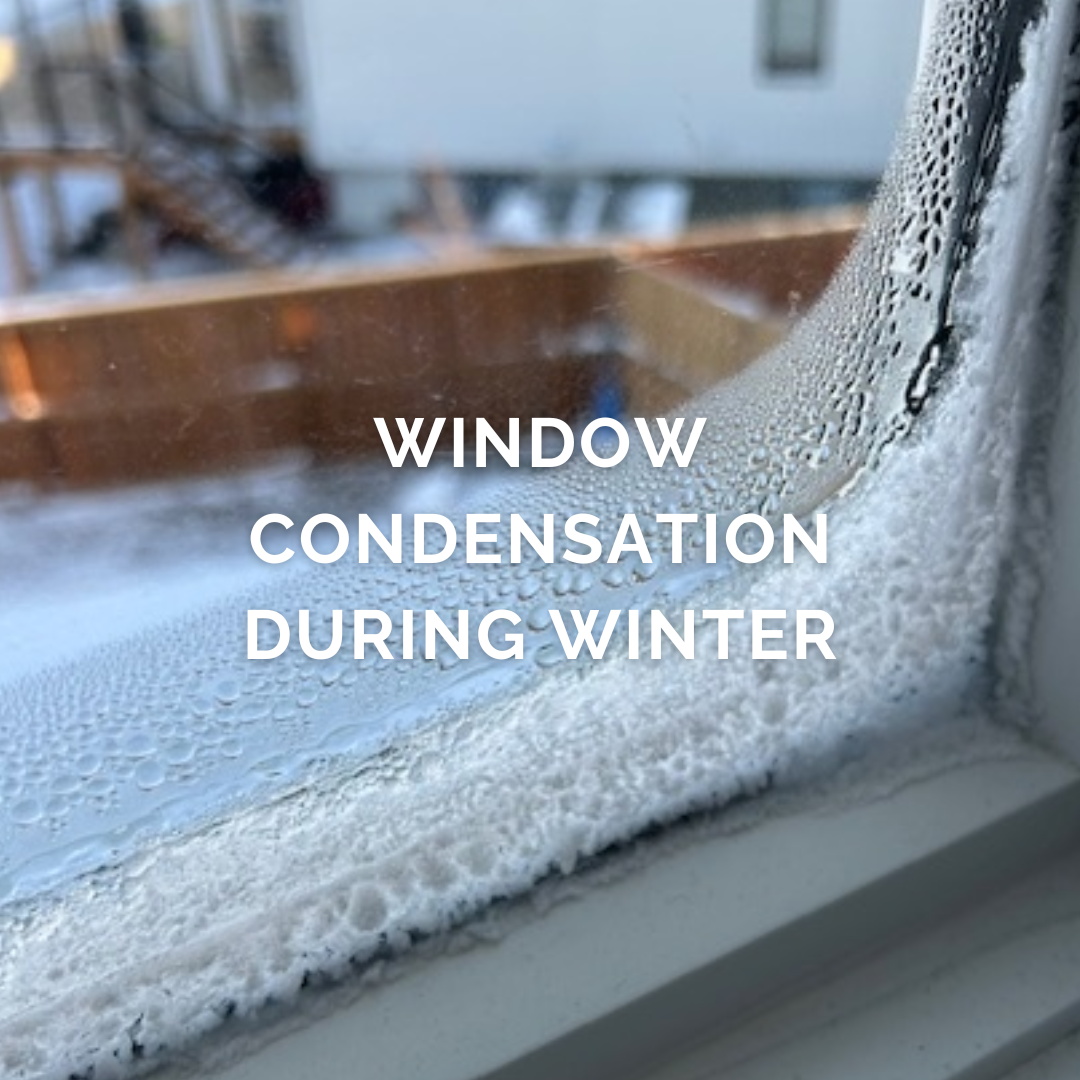
Do windows cause condensation?
No. Windows do not cause condensation. But, windows are often the first place where condensation can be seen. Think about it. You’re probably not surprised or concerned when your bathroom mirror becomes fogged. You expect it after a hot shower. Check your bathroom walls after a shower – you’ll see condensation there, too. Run your finger along the wall. You’ll see water on your finger, and you’ll see the trail of your finger through the condensation on the wall. The same is true for the windows in your home.
What does cause condensation?
Condensation forms when warm, humid air contacts a cold surface. Moisture is in the air all around us. Warmer air can hold more moisture. As air cools, it contracts and its moisture condenses. When the temperature drops, the first place you will see any condensation is on the windows. Your windows are the coldest surfaces indoors. During colder months, indoor air is much warmer and holds more moisture than outdoor air, which is colder and dry. Warm, humid indoor air cools and contracts as it contacts the cooler windows, and the moisture condenses on the glass.
How to reduce condensation by controlling and improving ventilation
1. A new home will typically expel 500 to 600 gallons of water in the first year and a half, so it is difficult to reduce condensation during this time.
2.It is normal to have about 1″ of moisture on a sealed unit.
3. Slider windows will typically have more condensation on the fixed portion due to the glass being positioned further toward the exterior than the interior.
4. Ventilation is the most effective means to remove moisture from your home. By exchanging some of the drier outdoor winter air for warm humid interior air, the moisture level inside the house will be reduced.
5. Open a door or window for short periods to allow moisture to escape.
6. Showers are a high source of moisture. Keep bathroom doors shut and run the exhaust fan to eliminate moisture. Ensure you leave your fan on for a minimum of 15 minutes after you shower to allow the humid air to be removed to the outside.
7. Free air circulation is important. Do not cover hot or cold air registers with furniture or appliances. Leave bedroom and bathroom doors open.
8. Keep the temperature of all rooms at a minimum of 10ºC (50ºF) even if unoccupied. Condensation will occur in an unheated room.
9. Condensation will typically be greater on the second floor due to the fact that warm air rises and the upper floors are exposed to greater winds, cooling the glass.
10. Drapes and blinds should be left open during the daytime. At night, raise blinds at least 4” up (preferably 6-8″) off the frame to allow air to flow against the glass.

